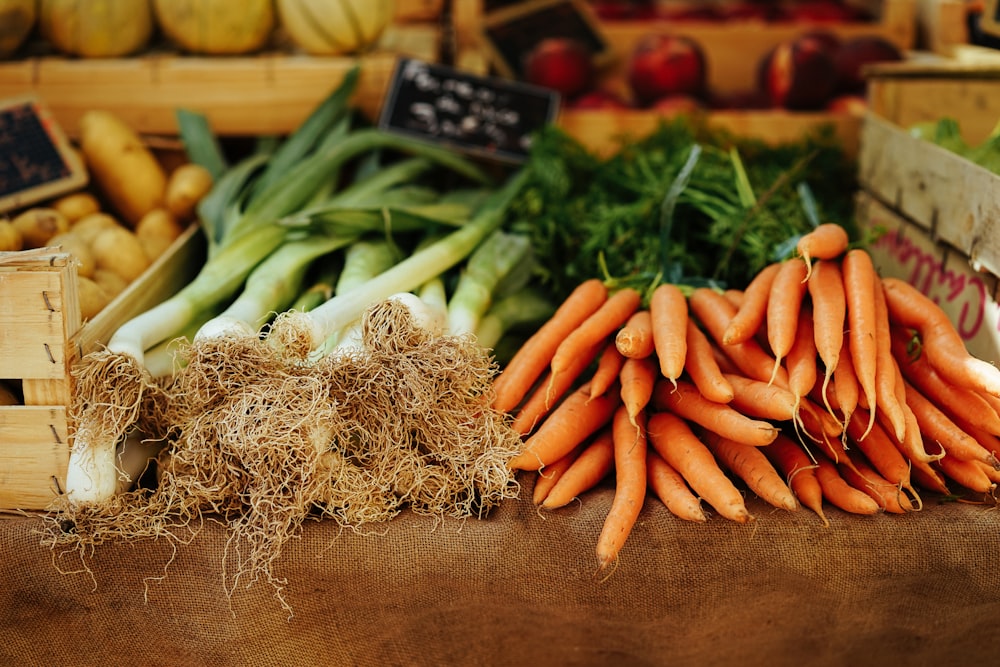

Do you only have a small space to dedicate to your seedlings? Do you want to make the best of it? Or maybe you have heard of companion planting and you know that seeding and planting some vegetables together actually has great advantages? Well, then you have come to the right places.
While once gardeners used to seed and plant vegetables in separate places, now, especially thanks to the innovations achieved through permaculture, we have learnt that some vegetables grow much better together.
The Advantages of Growing Different Vegetables Together
Companion planting and seeding, in fact, has three main advantages:
- Some plants feed each other; some, for example give nitrogen to the soil (beans, lentils etc.) while others are carbon fixers (grassy vegetables and shrubs are good at this!) If you pair them well, you find them literally providing nutrients to each other.
- You can save space; if you want to make the best of the space you have, look at your planting not just as a map, but three dimensionally… do you see now that you can grow shorter vegetables between tomatoes, for example?
- You can use plants to control pests. Some plants repel the pests of other plants, so combining them means using a plant to defend its neighbour.
Let’s see some plants you can seed together now, and why.
Garlic and Beets

Beets are very much a favourite of many pests, like root maggots, beetles and snails; thankfully, these same pests hate garlic. Just the smell keeps them at safe distance. Look also at the shape of the two plants, one is cup shaped, the other is long and thin, so, they won’t compete for space.
Beets are also prone to fungal infections, and garlic is a natural antifungal because it is rich in sulphur.
On the whole, garlic is great in combination with most plants that are far too attractive to pests that lie leaves and fruits to resist the temptation…
Carrots and Leeks
Putting carrots and leeks together is a very efficient way of keeping pests at bay. In fact, carrots will protect your leeks from one of their most dreaded enemies: onion and leek flies. Conversely, leeks will deter carrot flies. This is therefore a match made in heaven.
Onions and Broccoli

Onions grow perfectly well in between broccoli plants; the shapes of these two plants is perfectly complementary: one is large at the bottom and thin at the top, the other is the exact opposite. What is more, onions improve the flavour of broccoli.
Corn, Squash and Beans

This is actually an ancient combination, in fact, it was already used by Native Americans. Corn grows tall and strong, and it gives support to beans; they can hang on to it and use it as a trellis to reach the light. At the same time, beans will fix nitrogen, which makes both corn and squash produce much larger crops.
And what’s the role of squash in this? It has large leaves that grow close to the ground, and they act as weed suppressors, as they keep the soil dark.
Basil and Tomatoes

This looks like a delicious Italian sauce, and the beauty is that you can literally grow the two together. They are, in fact, perfect companions in the soil. Tomatoes grow tall and leave a lot of room under them. Basil grows well in part shade and it is fairly short, so, it will find a perfect home under the leaves of your tomatoes.
Spinach and Radishes

It’s not just the shape of these vegetables that makes them ideal companions in your garden. True, is appreciated for its leaves while we use the tuberous root of the other in our salads. But there’s more… Radishes are leafminer repellents. By leafminer, we mean the larva of a beetle or moth that likes to chew on your tender spinach leaves… So, keep them at a distance with radishes and add a nutritious root vegetable to your garden…
Peas and Cucumbers

Peas are great nitrogen fixers and they like a fresh climate, the same cucumbers grow well with. But because peas put nitrogen into the soil and they grow tall, while cucumbers need nitrogen to grow their fruits and can grow horizontally, the two can grow perfectly well on the same patch of land. What is more, the cucumbers will cover the soil, keeping weeds to a minimum.
Other Combinations

The list of combinations is actually long; gardeners have worked on this for decades, but the key concept is clear.
For example, you can grow carrots with beans and tomatoes; or maybe you prefer aubergine (eggplant) with beans or peppers; potatoes,, on the other hand, can grow among corn stalks as well as beans or peas.
In general, a nitrogen fixer (legumes, for example), will go well with most other plants but not with another nitrogen fixer. Cereals and legumes can be seeded together and I have seen it done in Southern Europe to avoid fertilising the land… and in very big fields indeed.
Seeds Grow Well Together: That’s What Nature Says
Observe Nature: plants hardly ever grow on their own, do they? If you look around, you will find natural combinations of seeds, seedlings and then adult plants that like to cooperate. Try to reproduce the same in your garden and, even on a very small scale, in your seeding tray, and you will see that you will get better results with less effort.
If this is what Mother Nature teaches us, why should we ignore it?



